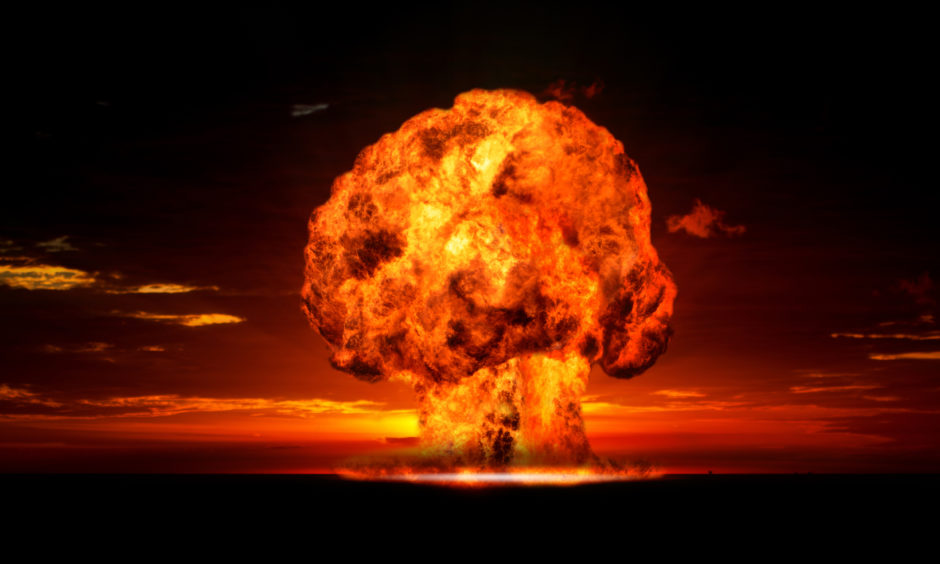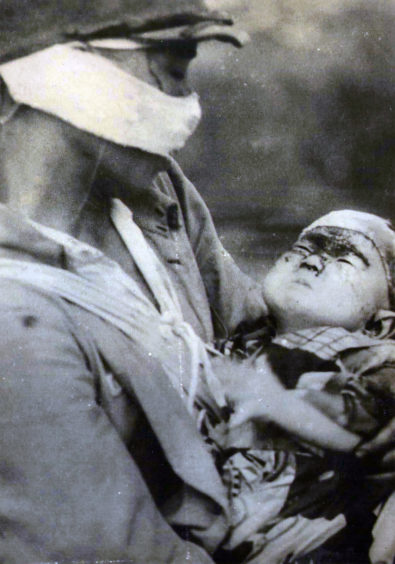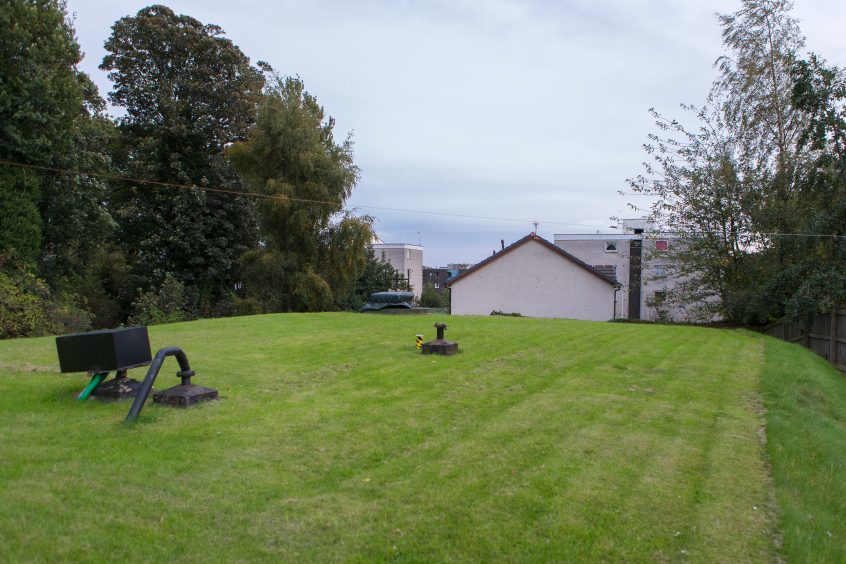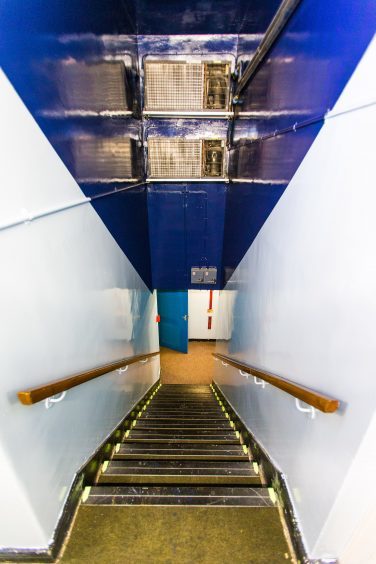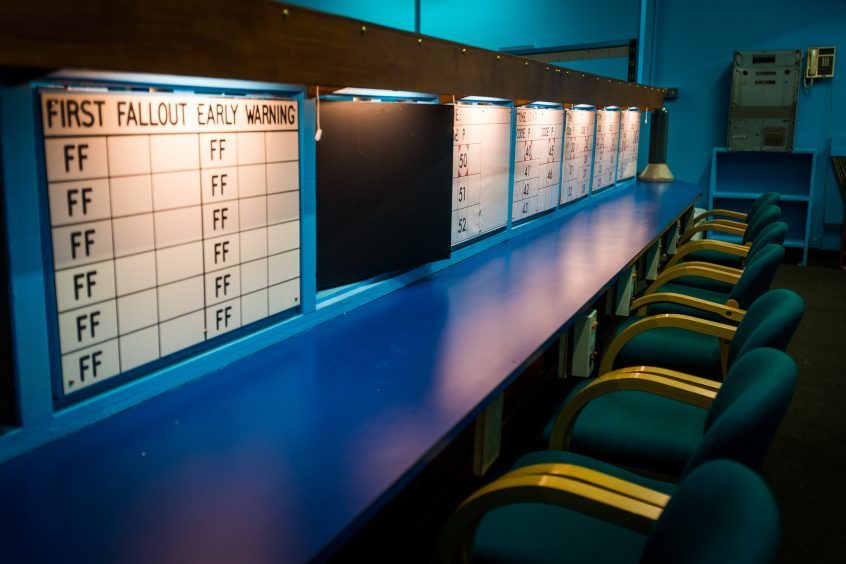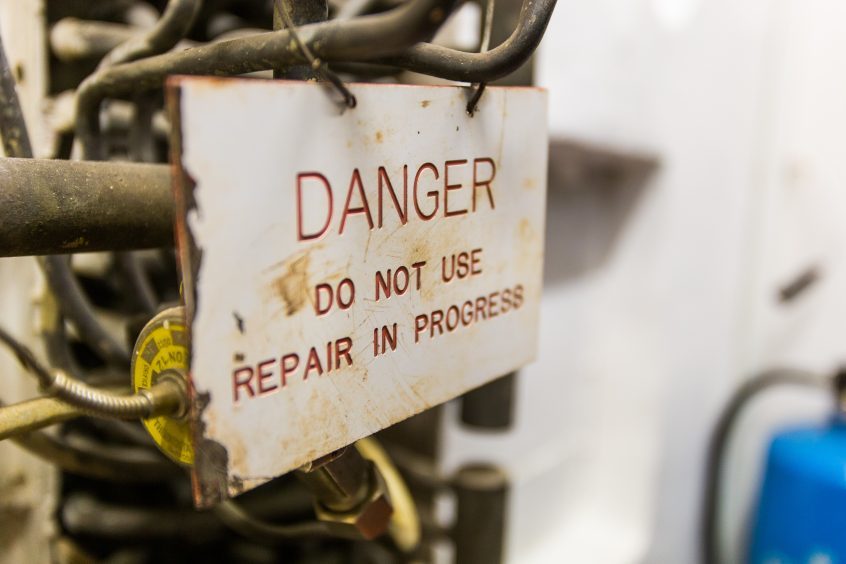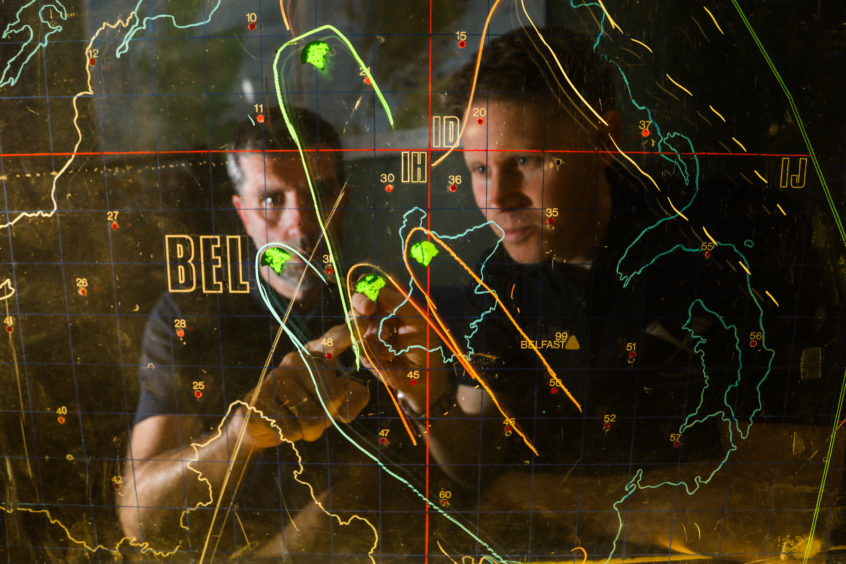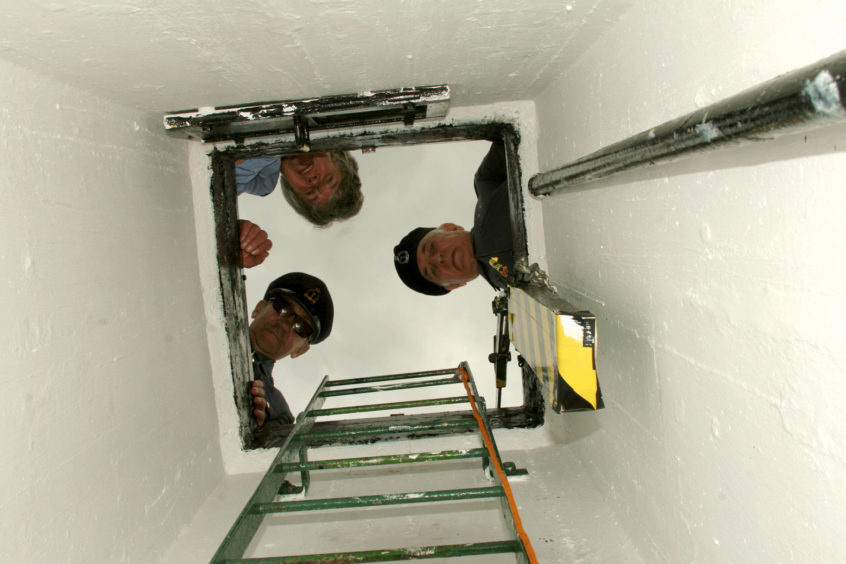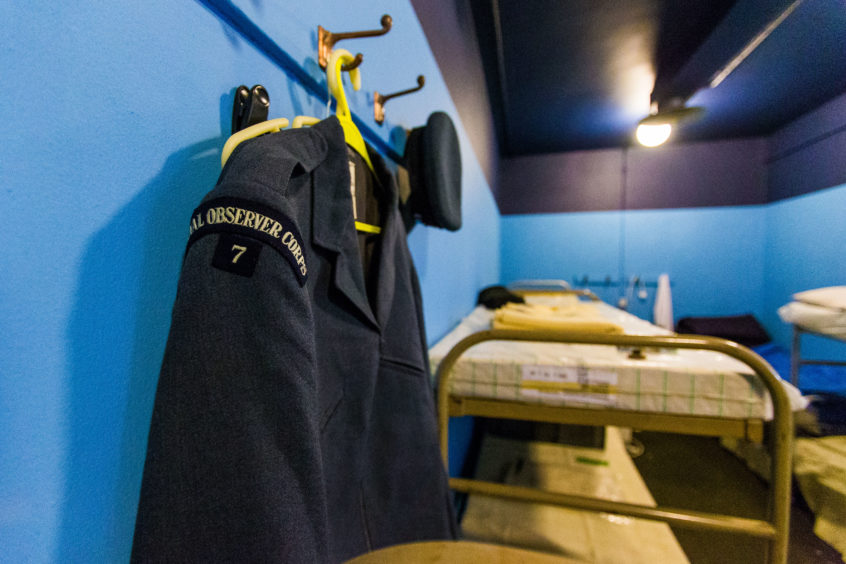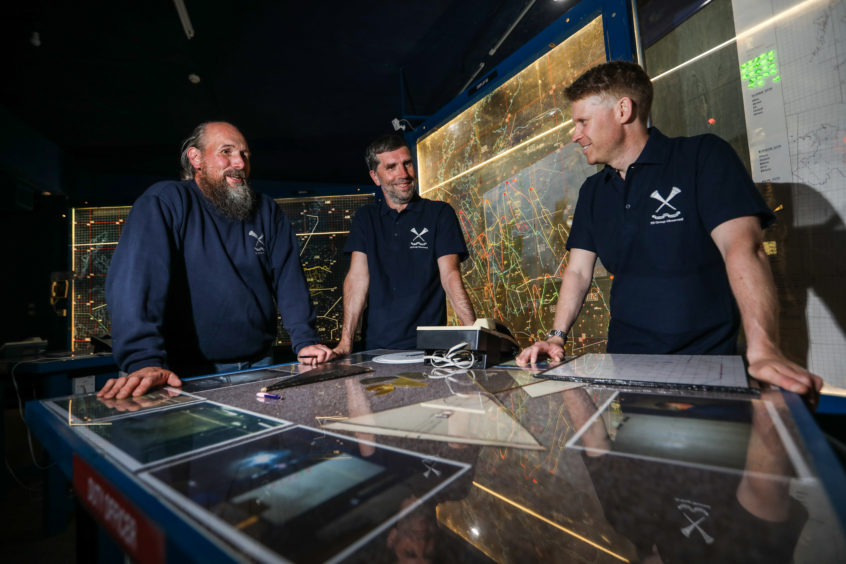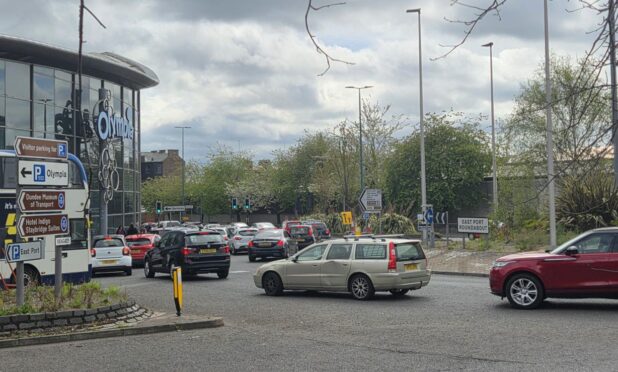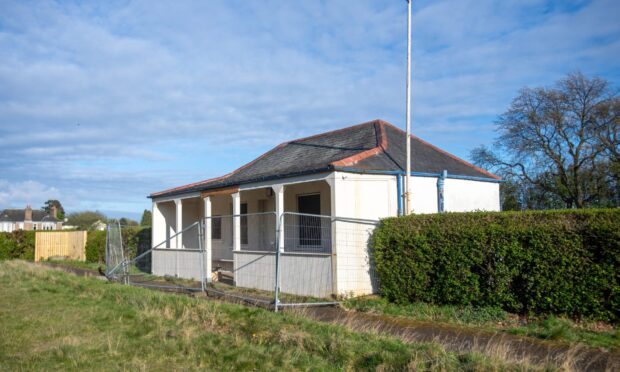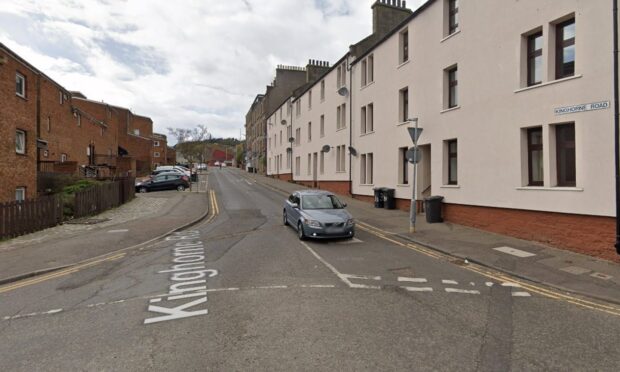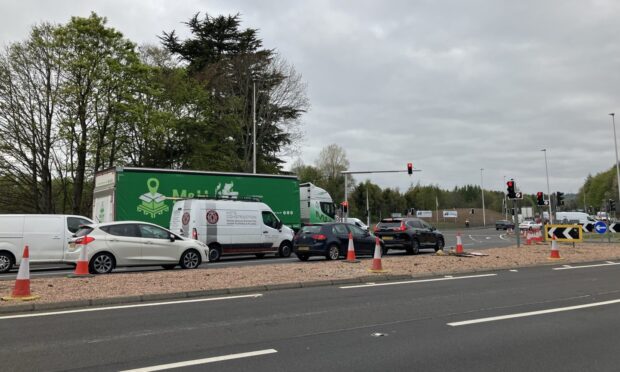Nuclear bunkers that became redundant following the collapse of the Soviet Union remain as a legacy of the Cold War in Courier Country. Michael Alexander reports.
For anyone growing up in the 1980s, it was easy to become obsessed with the omnipresent threat of nuclear Armageddon.
With tensions between East and West regularly featured on the news, and anti-war songs such as Frankie Goes To Hollywood’s Two Tribes and Nena’s 99 Red Balloons filling the airwaves, TV dramas terrified audiences with their realistic depictions of nuclear strikes and their aftermath, while female anti-nuclear protestors at Greenham Common reminded the world of the humanity at stake.
The haunting scene on 1984 British drama Threads when the mushroom cloud rises above a screaming, panicked, Sheffield city centre still sends a chill down the spine when a young man looks up with disbelief and says: “Jesus Christ…they’ve done it.”
Deliberately glossing over the fact that everyone at ground zero has already been vaporised, the film targets the horrific moments that follow away from the main blast zone when the over-pressure wave arrives and everything that hasn’t already burned gets pulverised amid a raging, howling, firestorm.
For those who survive the initial blast, there is the nightmarish scenario of radiation sickness and almost certain death from starvation, thirst and organ failure amid the anarchic, contaminated ruins of society.
It’s a reminder that there would be no winners in a nuclear conflict and raises the very likely possibility that those killed instantly might have been the lucky ones – especially as yet more bombs rain down.
Yet amid the madness of a Cold War nuclear strike on and by Britain, volunteers would have been secluded in secret underground bunkers tasked with measuring nuclear blast waves and radioactive fallout before feeding this information back to government bunkers – even if their own chances of survival beyond a few weeks were extremely remote.
Amongst them was the three-storey former Royal Observer Corps (ROC) monitoring post buried 20 feet underground off a quiet modern cul-de-sac off Craigiebarn Road in Craigie, Dundee.
Until 28 years ago, the bunker would have been on the front line in the event of a nuclear attack on the UK, providing a place for 80 men and women ROC volunteers.
Between 1956 and 1965, the UK government ordered the construction of 1,563 monitoring posts at a distance of about 15 miles apart including the likes of Cupar, St Andrews and Arbroath.
Thirty-one larger HQ and control centres – like the 28 Group HQ in Dundee – were also built.
As the Cold War thawed with the disintegration of the Soviet Union, the sites were all closed down when the ROC was stood down in 1991.
Many of the sites were subsequently demolished or fell into disrepair.
However some have been preserved by private individuals or trusts, including the restoration project team 28 Group Observed which has spent more than a decade helping to restore the Dundee complex, established in 1962, which is the only remaining Royal Observer Corps sector bunker left in original condition in the UK.
It’s almost two years since The Courier went underground with the 28 Group volunteers to find out how restoration work was proceeding.
But following the opening of the bunker to the public for the first time this year at the start of August, and as nuclear tensions between East and West open a new chapter in the 21st century thanks to the US ditching a Cold War-era weapons treaty with Russia, we returned to speak with some of those volunteers involved.
Bunker manager Gavin Saxby, 42, – a systems engineer based in Edinburgh – explained that the Craigiebarn complex was designed to be self-contained for months after a nuclear strike.
As a boy in the 1980s, it was family holidays visiting abandoned Second World War bunkers in Guernsey that first got him interested in the topic.
As he got older, he joined an enthusiasts group called Subterranean Britannica and was eventually asked if he’d like to manage the 28 Group HQ.
He’s enjoyed learning about the “industrial archaeology” of the site and has been impressed by the “spirit of camaraderie” that still exists amongst ROC veterans.
However, he’s in no doubt he’d rather have been “vaporised in the initial strike” than to have survived amid the horrors of a post-apocalyptic Third World War.
“The whole point of the ROC during the Cold War was plotting the location of nuclear weapons that fell on the UK and European countries,” he said.
“They would know the time that they fell, where they fell, they’d have information about the weather, and they’d use that information to plot the likely plumes of radioactive fallout.
“When you’d worked out the yield of each weapon that had dropped, you’d know roughly what the destruction zones would be around each one, you’d know where the fallout was going, so you’d be able to have a plot of what were the dangerous parts of the country to be in.
“You’d be able to warn the population about pockets of fallout moving towards them – hopefully in advance – to get back indoors.”
Gavin explained that the ROC split the UK into 25 groups.
There were five groups in the Scottish sector including Dundee, which ran the Scottish sector. Dundee would communicate with the other four sector HQs in Preston, Bristol, Horsham and Lincoln.
They would also communicate with the civilian government bunkers including the zone HQ at Anstruther – which is now Scotland’s Secret Bunker.
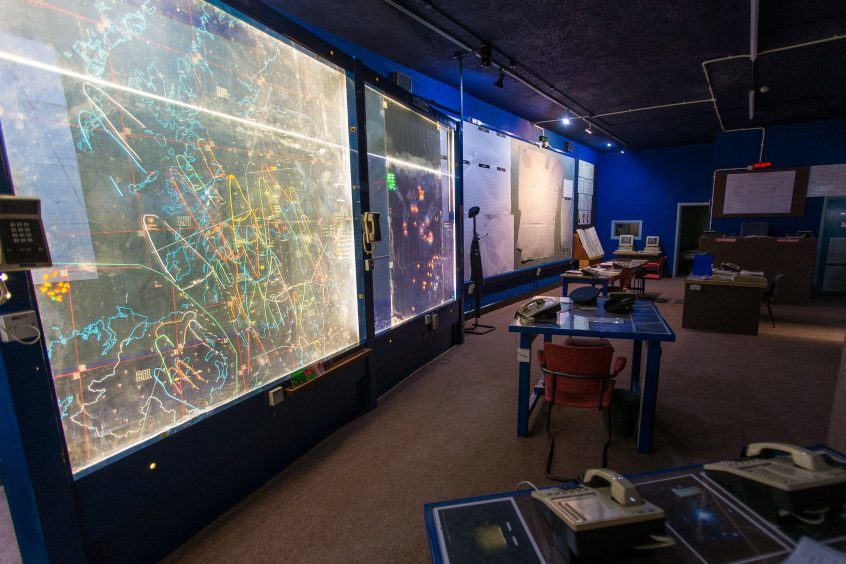
There were other zone HQs at Kirknewton and Glasgow, while a new regional HQ was built at Cultybraggan in Perthshire towards the end of the Cold War.
For anyone visiting the Craigiebarn complex, the entrance certainly looks unremarkable.
At the end of a cul-de-sac, a wooden gate leads to a low-rise building with a battered door.
To the right of the entrance the only sign that something unusual can be found here is a large raised area of grass with some rusting metal vents protruding.
But unlocking the outside door and passing through the blast proof door within, is to enter another world – a journey down the main stairs past the airlock and into the bunker which comprises a maze of corridors and rooms on three levels.
Highlights include the sewage ejector room which is still in working order, the plant room, the switch gear for the fans and the ROC operations room which has been kitted out with some of the original communications and monitoring equipment that would have been in use during those Cold War years.
From there it’s on to the men and women’s dormitories, the first aid room and the radio room which includes an old style Tele-talk and carrier receiver.
The tour ends in the sector operations room which includes simulated maps of fallout from nuclear strikes on Scotland, as it might have been if the Soviets had ever attacked and the apocalypse of World War Three had commenced.
Gavin said it’s difficult to know for sure if Dundee would have been a direct target by the Soviets as target lists were never publicised.
However, it’s almost certain life in the area would have become all but impossible in the event of nuclear conflict.
“I think Leuchars would definitely have been a target and you didn’t have to throw a very big nuclear device at Leuchars to have a big effect on Dundee,” he said.
“I would have thought all the work they did at the docks would probably have marked it out as a target for at least one weapon.”
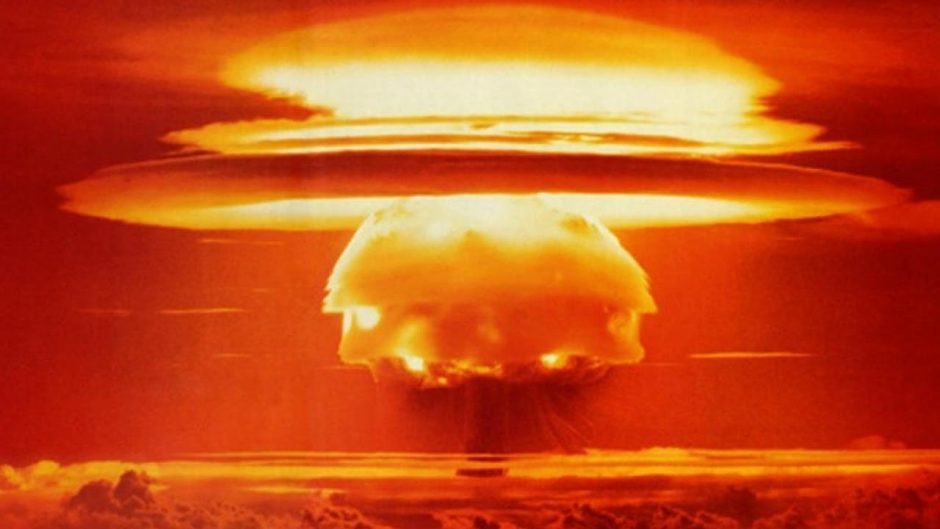
In addition to the larger bunkers, a network of around 30 three-person monitoring posts existed in the Tayside/Fife area.
Each comprising a tiny room and a chemical toilet, three ROC volunteers would have lived in each of these for a month after a nuclear strike to measure the direction and angle of the bomb burst, radiation, weather and pressure readings and to feed it back to HQ.
Only a handful survive with most demolished. In Arbroath, for example, a former ROC monitoring post now privately-owned by Cheryl Stewart, is sited near the town’s Red Lion caravan park.
The ROC was initially stationed on top of the Keptie Pond water tower during the Second World War but the underground station was later established and remained operational until the beginning of the 1990s.
It now houses a small museum with Observer Corps and Second World War memorabilia, with all visitors going down the hatch into the nuclear bunker.
The underground relic of the Cold War is one of only two refurbished ROC posts open for access in Scotland and includes a collection of its original equipment and instrumentation.
In addition there is a collection of material from the ROC’s original role of aircraft identification and reporting from 1925 – 1945 and the remains of the reporting post.
Other monitoring posts tended to be put in out of the way places such as farmers’ fields.
But what’s clear is that many ROC volunteers who manned these during the Cold War didn’t expect to still be alive to finish their 30-day rations in the event of nuclear war.
Mike Scott, 53, an electrical contractor who runs a small business in Perth, restored a monitoring post at Abernyte.
“I would have probably done my duty,” he said when asked whether he would have wanted to survive a nuclear attack as an ROC volunteer.
“But having read what I’ve read now, in hindsight, you would have found a nice piece of open flat concrete and left a shadow.
“You wouldn’t want to survive. In reality, the observers who manned these posts didn’t expect to be alive to eat the rest of their 30 day rations.
“They expected to be dead from radiation poisoning long before they got to the end of their 30 days, which is quite a sobering thought when you think about it!
“I would probably have been the type who did their duty and did their service instead of running away when the bombs came. But it’s not a scenario anyone would have wanted to find themselves in.”
